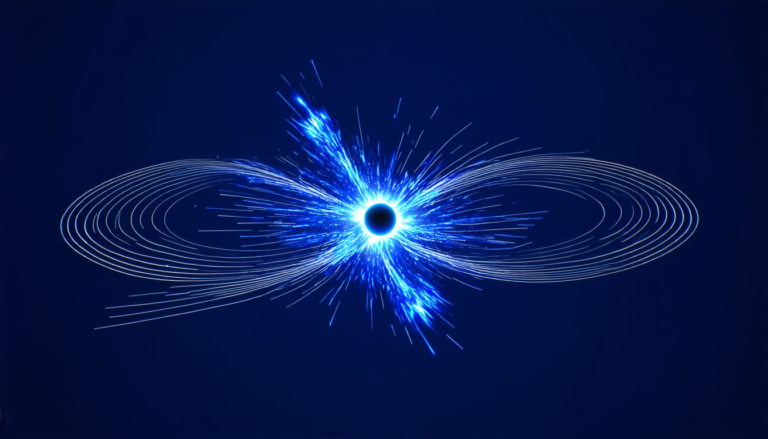Wednesday 21 May 2025
A team of astronomers has made a significant breakthrough in understanding how planets form and evolve around stars, shedding light on a long-standing mystery in the field.
The researchers used a combination of observations and computer simulations to study the formation of protoplanetary disks, which are vast rings of gas and dust that surround newly formed stars. These disks are thought to be the building blocks of planetary systems, but scientists have struggled to understand how they develop and shape the planets within them.
One key challenge has been explaining why some disks appear smooth and featureless, while others exhibit complex structures such as gaps, rings, and cavities. By analyzing data from the Atacama Large Millimeter/submillimeter Array (ALMA) telescope in Chile, the team discovered that these features are not random anomalies, but rather the result of giant planets forming within the disk.
The researchers used a computer model to simulate the evolution of protoplanetary disks over millions of years. They found that as giant planets form and grow, they carve out gaps in the surrounding disk material, creating the characteristic structures seen in some systems. The model also predicted that these gaps would be accompanied by changes in the disk’s density and composition, which could be detected through observations.
To test their predictions, the team analyzed ALMA data from several protoplanetary disks around young stars. They found that the disks with complex structures showed signs of giant planet formation, such as gaps and changes in density. In contrast, the smooth disks lacked these features, suggesting that they had not yet formed a giant planet.
This study provides strong evidence that giant planets play a crucial role in shaping the structure of protoplanetary disks. It also opens up new avenues for research into the formation and evolution of planetary systems. By studying the properties of protoplanetary disks and their connection to giant planet formation, scientists can gain valuable insights into how our own solar system came to be.
The findings have implications for understanding the origins of life on Earth and the potential for life elsewhere in the universe. The discovery that giant planets can significantly impact the development of planetary systems raises questions about the possibility of life-bearing planets forming in the gaps carved out by these massive worlds. Further research is needed to explore this idea, but the study provides a crucial step forward in our understanding of planet formation and evolution.
The team’s results have been published in a series of papers in leading astrophysical journals.
Cite this article: “Giant Planets Shape the Formation of Planetary Systems”, The Science Archive, 2025.
Planetary Formation, Protoplanetary Disks, Giant Planets, Alma Telescope, Star Formation, Planetary Systems, Planet Evolution, Disk Structure, Galaxy Evolution, Astrobiology.







